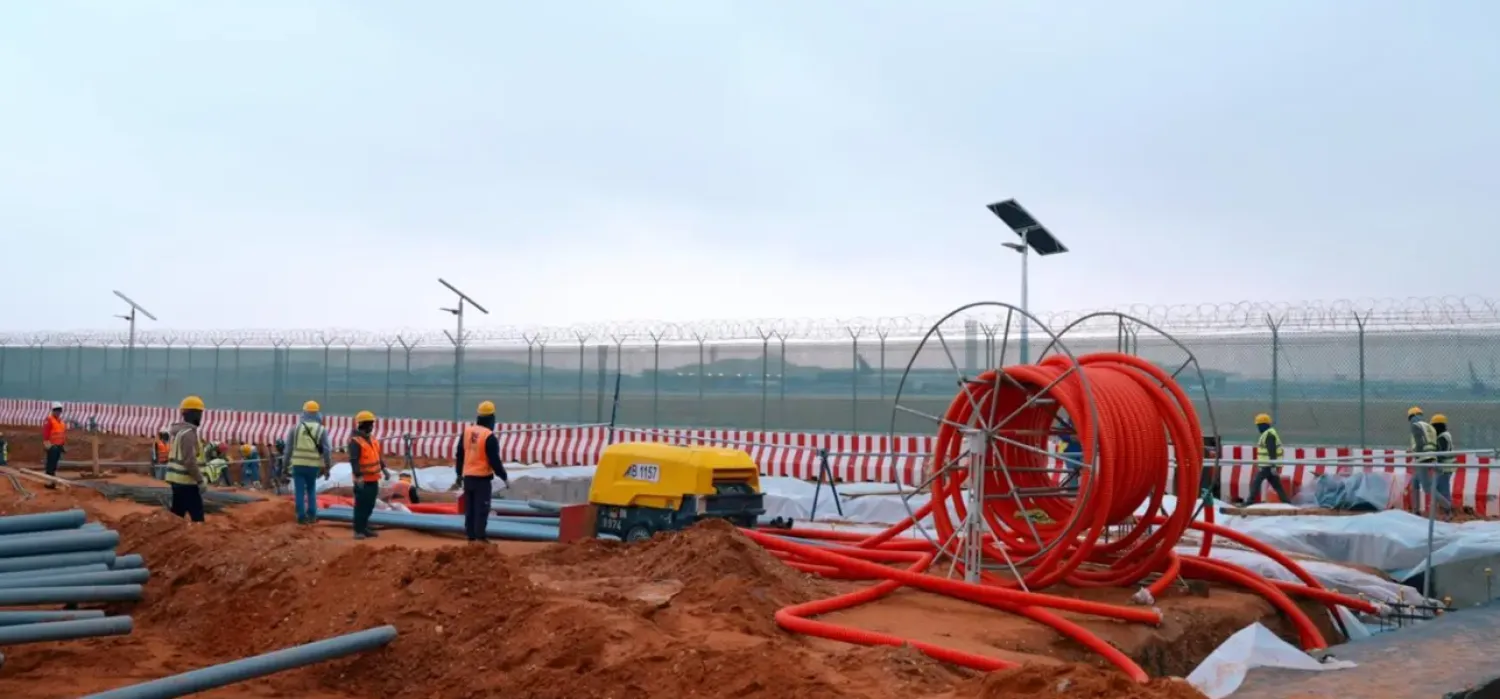Russia and Saudi Arabia’s remarks Thursday have revived oil markets and hopes of another year of trying to rebalance the oil market after the Kingdom showed its support for the Russian proposal to extend the current global agreement between oil-producers until the end of 2018.
Oil rose above $56 a barrel on Thursday, supported by expectations Saudi Arabia and non-OPEC member Russia would extend the curbs, but prices are still half their mid-2014 levels.
Saudi Energy Minister Khalid al-Falih was speaking in a television interview a day after Russian President Vladimir Putin said the supply reduction deal that is due to expire in March could run to the end of next year.
“In the kingdom, we have to keep all options open, President Putin agreed with us on this and expressed his readiness to extend until the end of 2018 if this is agreed, and if this is the best option,” Falih told Al Arabiya television.
Saudi Arabia and Russia helped secure a deal between the Organization of the Petroleum Exporting Countries (OPEC) and 10 rival suppliers to cut output until the end of March 2018 in an effort to reduce a glut.
Falih said he welcomed the “flexibility” shown by Russia on the issue and added the Saudi government aimed to “be flexible in leading the producing countries in and outside of OPEC to a consensus that takes the market to where we want it to be.”
Bloomberg quoted last month sources as saying that OPEC and non-OPEC producers and countries are studying the extension of the agreement for at least three months, and it is expected to extend for six months or until the end of the year.
Falih, who is also Aramco’s chairman, said on Thursday that the IPO would happen in the second half of 2018, adding that the listing would be used as a “catalyst” for opening up the Saudi economy.
“Work is ongoing to list Saudi Aramco in 2018,” Aramco’s Chief Executive Amin Nasser said at an energy forum in Moscow.
We will be looking at evaluating investors as we continue to make progress related to timing and location.”
Nasser said the Saudi government would decide on the listing venue and that there were no current talks with Russian companies on them taking part in the IPO.
The plan to float around 5 percent of Aramco in an initial public offering (IPO) is a centerpiece of Vision 2030, a wide-ranging reform plan to diversify the Saudi economy beyond oil which is being championed by Saudi Crown Prince Mohammed bin Salman.
The Saudi Crown Prince said that the IPO, which could be the world’s biggest, will value Aramco at a minimum of $2 trillion and could raise as much as $100 billion.
When talking about Shale oil, Falih said inventories were still falling despite the fact that climbing US shale production has kept a lid on price gains.
“Shale coming in and happening again in 2018 doesn’t bother me at all. The market can absorb it,” Falih said, speaking alongside Russian Energy Minister Alexander Novak on a panel at an energy forum in Moscow.
“We have seen a steady reduction in inventories. We see as we enter the fourth quarter that supply is less than demand and inventories are declining around the world,” Falih said.
Novak said he was satisfied with oil prices and Moscow would welcome other producers joining the deal to curb output.









